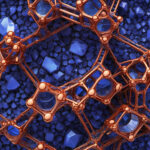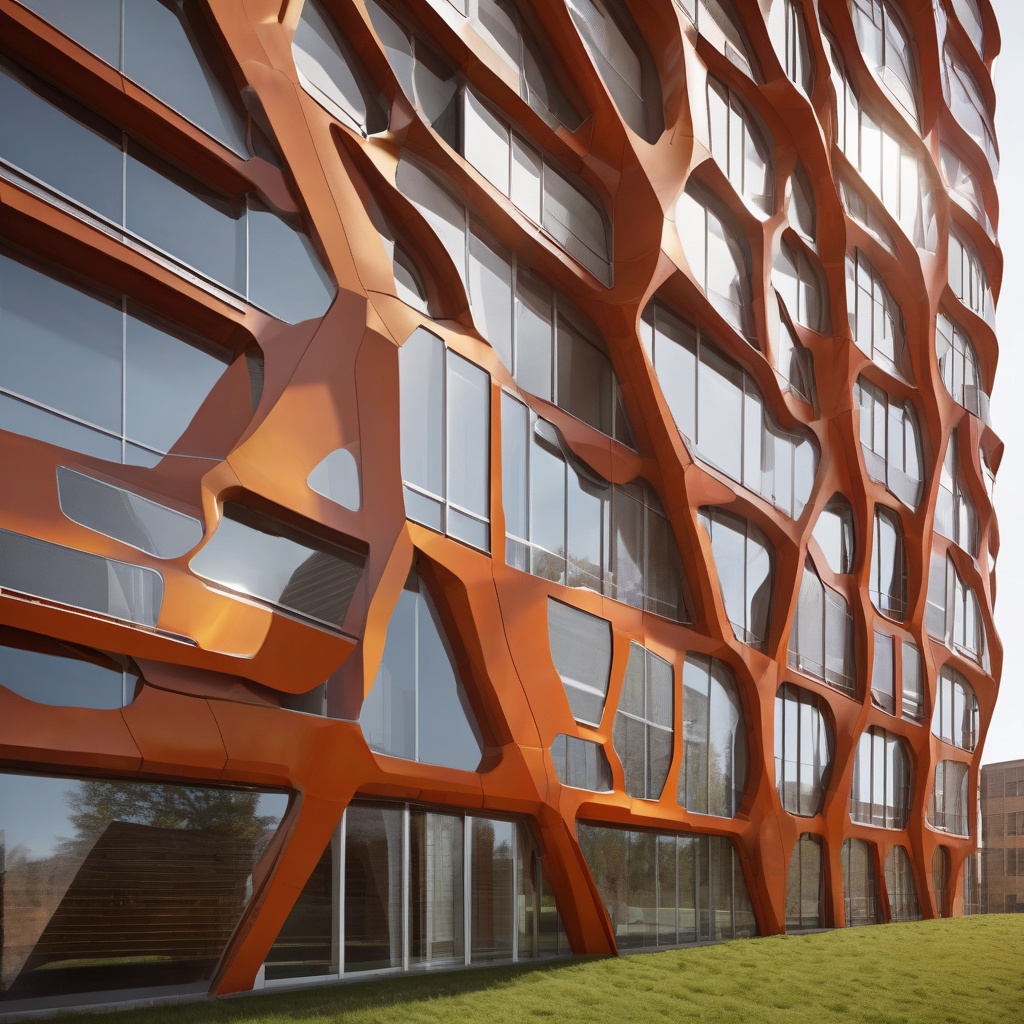Breakthrough Material Converts Sunlight into Heat, Paving the Way for Energy-Efficient Buildings
Scientists have made a major breakthrough in solar energy technology by creating a novel material that can convert sunlight into heat, potentially revolutionizing the way we heat and cool our buildings. This innovative material, developed by a team of researchers at [Institution/Company], has the ability to absorb sunlight and transform it into thermal energy at remarkably high efficiency rates.
Unlike traditional solar panels that convert sunlight into electricity, this new material focuses on converting solar energy into heat. This distinction is crucial, as heating and cooling systems account for a significant portion of energy consumption in buildings. By harnessing the power of sunlight to generate heat, this breakthrough material has the potential to significantly reduce the energy demands of buildings, leading to lower utility costs and decreased carbon emissions.
The key to this material’s success lies in its composition. By carefully selecting and combining specific elements, the researchers were able to create a material that is highly efficient at absorbing sunlight across a broad spectrum of wavelengths. This means that even on cloudy days or in shaded areas, the material can still capture and convert sunlight into heat with impressive effectiveness.
One of the most exciting applications of this technology is its potential integration into building design. Imagine a future where the windows of a skyscraper are coated with this sunlight-absorbing material, passively generating heat to warm the building in the winter. Similarly, this material could be incorporated into roofing systems to absorb sunlight and reduce the need for traditional heating and cooling systems.
In addition to its energy-saving benefits, this breakthrough material also has the potential to enhance the comfort and sustainability of buildings. By reducing the reliance on fossil fuel-powered heating systems, buildings can decrease their carbon footprint and contribute to a more sustainable future. Furthermore, the passive nature of this technology means that building occupants can enjoy a more consistent and comfortable indoor environment without the noise and maintenance issues associated with traditional HVAC systems.
While this breakthrough is still in the early stages of development, the potential impact of this technology on the building industry is immense. As researchers continue to refine and scale up the production of this material, we can expect to see a new generation of energy-efficient buildings that are powered by sunlight and designed for sustainability.
In conclusion, the development of this breakthrough material marks a significant advancement in the field of solar energy technology. By converting sunlight into heat with unprecedented efficiency, this material has the potential to transform the way we heat and cool our buildings, leading to energy savings, reduced carbon emissions, and a more sustainable built environment.
energy-efficient, solar technology, sustainable buildings, breakthrough material, building design












